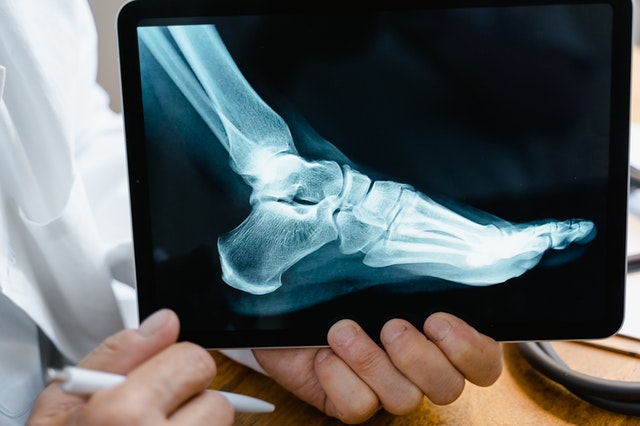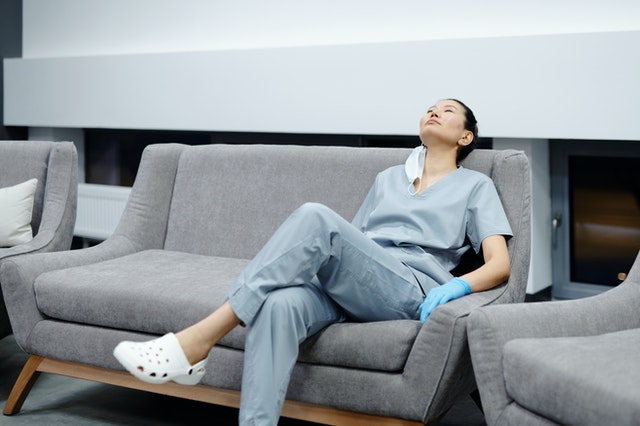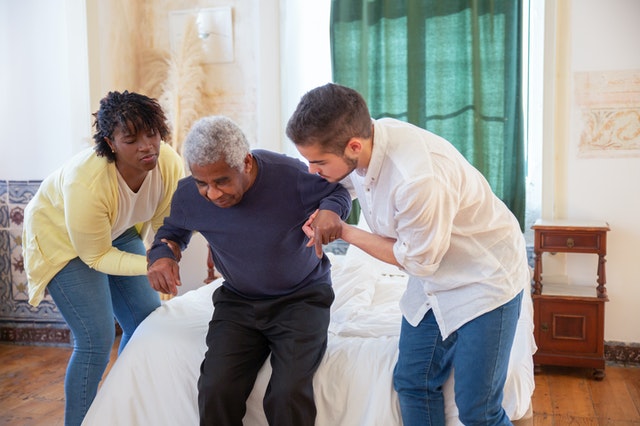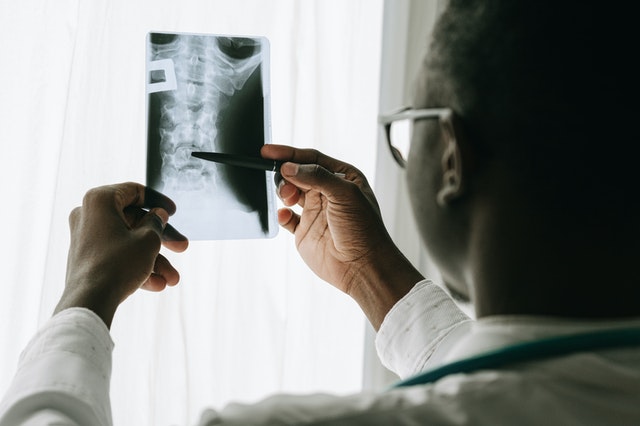Prostate cancer kills 34,130 men each year. With screening, this number can be dramatically decreased. Early detection allows for more treatment options and increased efficacy of treatment. However, many men are reluctant to get screened. So, the question healthcare providers (and organizations that service them like diagnostic imaging centers, mobile imaging, wellness centers, radiology centers, hospitals) and advocates are left to ponder is—how do we encourage men to get screened?

Education is the most important factor to increase the rate of screening among men. Numerous studies have found that men educated on the topic of prostate cancer are more willing to get screened. In particular, one study found a significant correlation between education and whether or not a man agreed to screening.
That same study found that many men do not get screened if there are no symptoms present. As is well known in the medical community, prostate cancer in its early stages often presents with no symptoms. Educating men on this single fact would be very helpful, but it is equally important to inform them about the risk factors, symptoms, screening procedures, early detection, and treatment options. So, what approach is best for educating reluctant men?
It’s a Digital World
Brochures are things of the past. In today’s world, the best way to get information out there is through the digital mediums ever present at our fingertips. The good news is there are a variety of them. Below are some ideas for spreading information effectively online.

- Social Media: Men and women are constantly scrolling Facebook, Twitter, and Instagram. Social media campaigns with eye-catching infographics and videos help spread the word. Ads can target men and women, as women play a vital role in spreading awareness and educating their partners.
- Newsletters: Informational newsletters sent via email to both general practitioners and patients are another avenue for educating patients at a relatively low cost to healthcare providers.
- Virtual Events: Through the COVID pandemic, virtual events have become increasingly popular. Providers should take note of this cost-effective trend. These events give providers a platform to provide in-depth education about prostate cancer and screening. They can also open lines of communication with patients, allowing men to ask questions and voice their concerns, while giving insight into areas where information strategies can be improved. Additionally, some men, reluctant to attend an in-person event, might be more willing to attend a virtual event.
- Personal Stories: Whenever possible, it’s important to put a face to the statistics. The number above represents fathers, brothers, husbands, and uncles. With the popularity of sites like TikTok and YouTube, video is being looked to as one the most successful mediums for information-sharing. Through video, personal stories can be told in an effective and meaningful way that will both educate and connect with at-risk men. People often do not remember statistics, yet they do remember feelings.
If this country, as a whole, has learned anything throughout this past year, it is to be flexible. Experimenting with different messaging styles and mediums is important. Don’t be too rigid with any one approach. See what kind of response you get from a particular message or campaign and adjust accordingly. Just remember, you can never go wrong by getting creative.
Teleradiology
Our radiologists at Vesta are trained in all modalities including reading scans for prostate cancer. When your radiologists are not available such as nights, weekends or holidays, our US Board Certified radiologists are here to help fill in those gaps.









